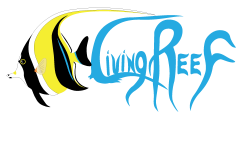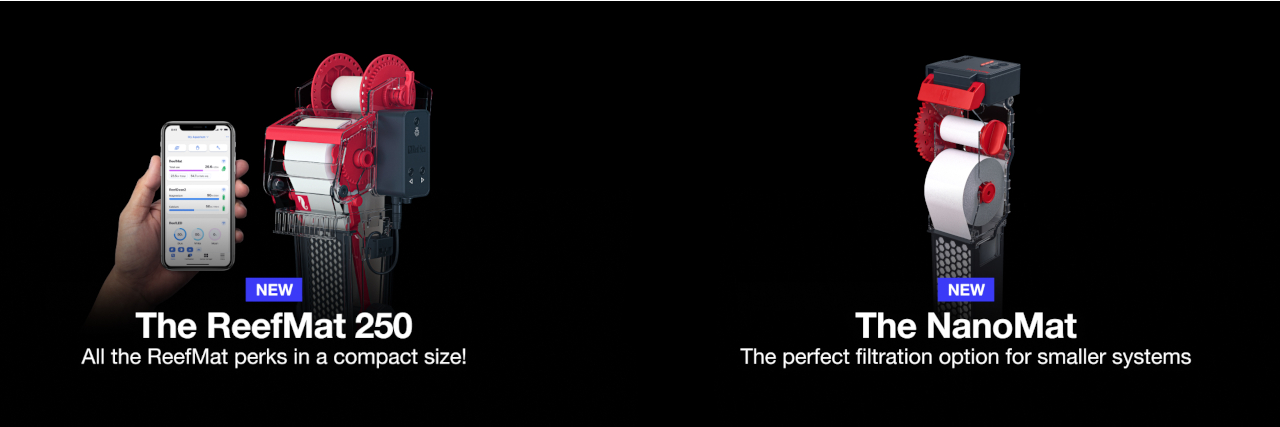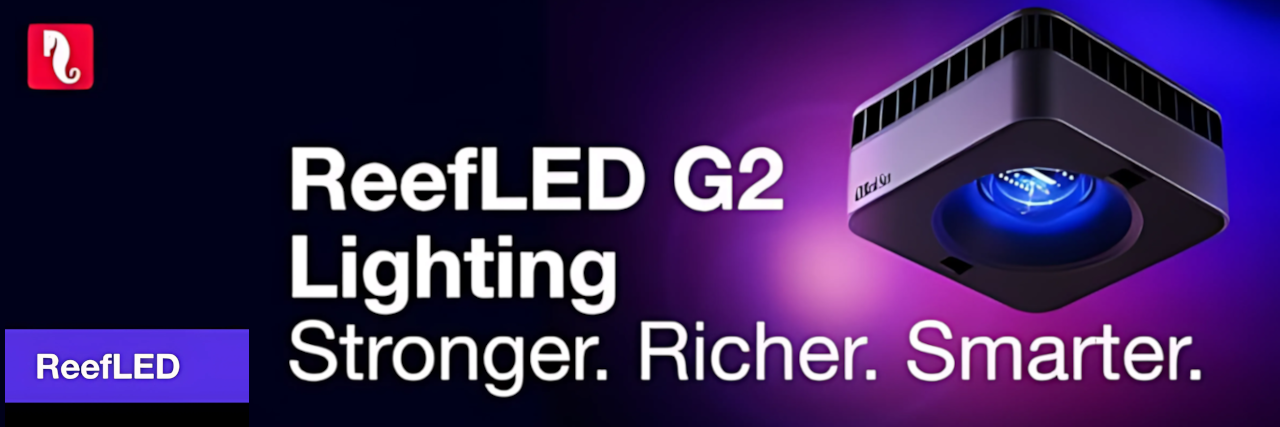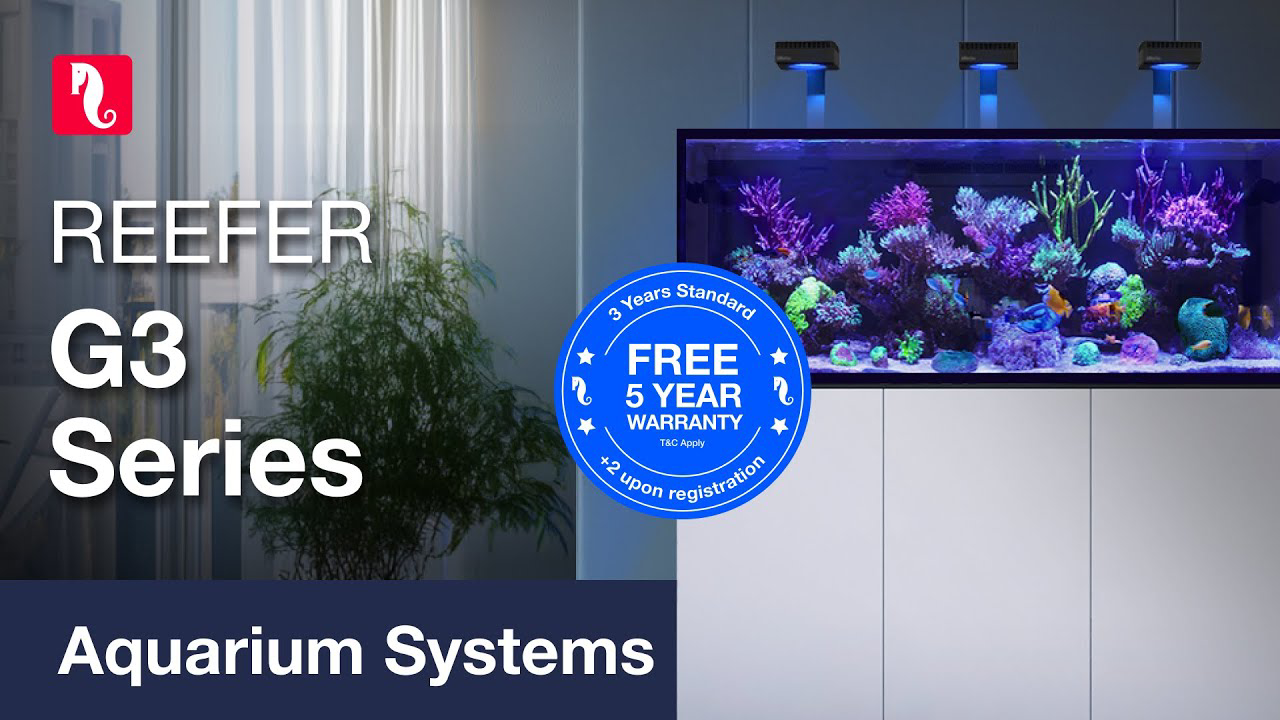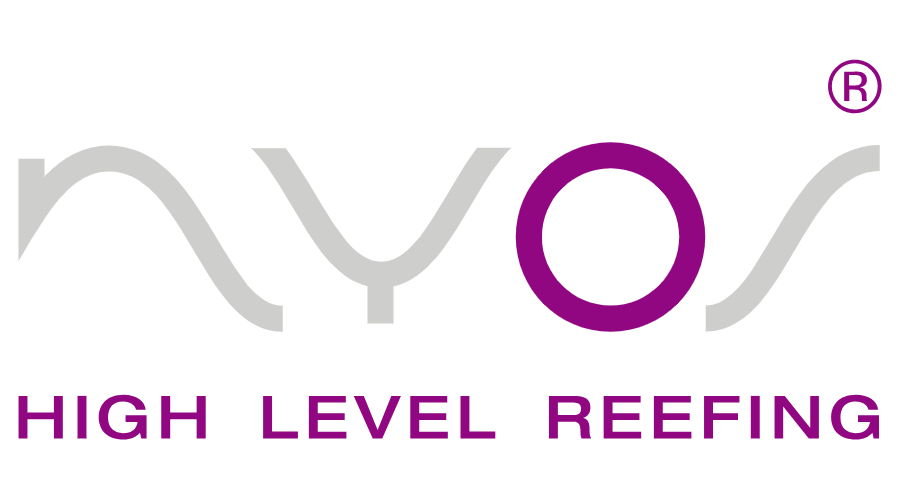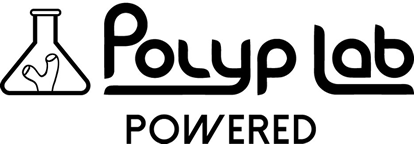Reef Aquarium Setup
STARTING YOUR FIRST REEF AQUARIUM
AQUARIUM PLACEMENT
Choose a place in your nominated room where your aquarium will not receive too much direct sunlight. A couple of hours early morning or late afternoon will not be a problem. The issue is if your aquarium is too high in nutrients (ie. Nitrates and Phosphates) the direct sunlight can increase nuisance algae growth in your aquarium. Also do not place in a room which gets very hot in the summer time. ie over 28 degrees. Unless the room temperature is controlled with an Air conditioner or you run a chiller on your aquarium.
CORAL ROCK
Coral Rock is the base of your Reef. It plays an important part in your Reef system. Firstly as the home of most of the biological bacteria. This is one of the main differences between Fresh water and Marine. Fresh water systems use Canister Filters with some type of media to house the bio bacteria whereas Marine systems use Coral Rock. The Coral Rock also serves as a structure to place live corals and to provide hiding places for your fish. The amount of Coral Rock relates to the expected Live stock load you intend to have in your system. A good guide is 1kg of Coral Rock per 10 liters of water in the display tank. Eg 100 liter display tank will need 10 kgs of Coral Rock. Place your Dry Coral Rock in your tank making sure you keep it away from the back of the tank and construct your Reef with plenty of open spaces ensuring good water flow within your Reef structure. You are able to secure your structure if required by using Dupla DekoFix Reef Safe putty. Use the putty once your aquarium is full of water and need the putty around contacts between the rock.
CORAL SAND
It is not essential to have Coral sand in your Reef aquarium. You can have a healthy and successful Reef without it. It is used mainly for aesthetic reasons. It can also help buffer your water (increase pH) and release trace elements. If you do decide to use Coral Sand place the sand around the sides and front of the Coral Rock structure where it can be easily cleaned. The disadvantage of Coral Sand is that it can be a detritus trap resulting in a build up of nutrients in your system. We recommend that you vacuum your sand once a week as part of your weekly water change maintenance.
SALT WATER
Successful Reef Keeping is mainly about water quality. It begins with the water you use for water changes and topping up for evaporation. It is essential you use a Reverse Osmosis filtration system on the water from your household tap. Collect the water from your RO Unit into a Food grade water container. Mix your salt in this container. Use a Refractometer to check the salinity at 1.025. This will be the water you use to fill your aquarium and for future weekly water changes. By placing an air stone in your made up salt water you can keep it fresh until you need it. As water evaporates from your aquarium system top it up with RO water (not salt water). Salt does not evaporate so keep your system at stable salinity.
CYCLE YOUR SYSTEM
Once you have your Reef Aqaurium system started it will go through a natural ‘Cycle Period’. You will not be able to introduce any living organisms until the Cycle period is completed which normally can take five to six weeks. This is the Nitrogen Cycle. Do not run your lighting during the Cycle period. Using test kits you can monitor the cycle’s progress. The first stage is a spike in Ammonia (NH3/4) which is then converted by bacteria from Ammonia to Nitrite (NO2). This results in a spike of Nitrite which in turn is again converted by bacteria from Nitrite to Nitrate (NO3). At the end of the Cycle period the ammonia and Nitrite should be zero. Ammonia and Nitrite are toxic to fish. At this stage your Reef aquarium is ready for introducing your Fish and Corals. It is critical that you introduce your Live Stock slowly over a period of several months. Start with just one small fish and wait at least two weeks before your next fish. It takes time for your bacteria numbers to increase in your system to match the load you are placing on your system. If you stock too quickly you will have an ammonia spike resulting in the death of your Live stock.
RUNNING YOUR REEF AQUARIUM AND MAINTENANCE
Have a Temperature thermometer in your display tank as a back up to ensure your heaters are not malfunctioning. Run your system at 25 degrees Celsius. Place a mesh bag of Reef carbon in the sump. This will help to keep your water clear. Carbon should be replaced monthly. Also place a mesh bag of Phosphate Remover in the sump which will help to remove phosphates from your system. Phosphate Removers should be replaced every three months. Check the salinity in your aquarium regularly (make sure your refractometer is correctly calibrated). The weekly maintenance will consist of cleaning your skimmer collection cup, cleaning the glass, vacuuming your sand and a 10% of your display tank water change.
